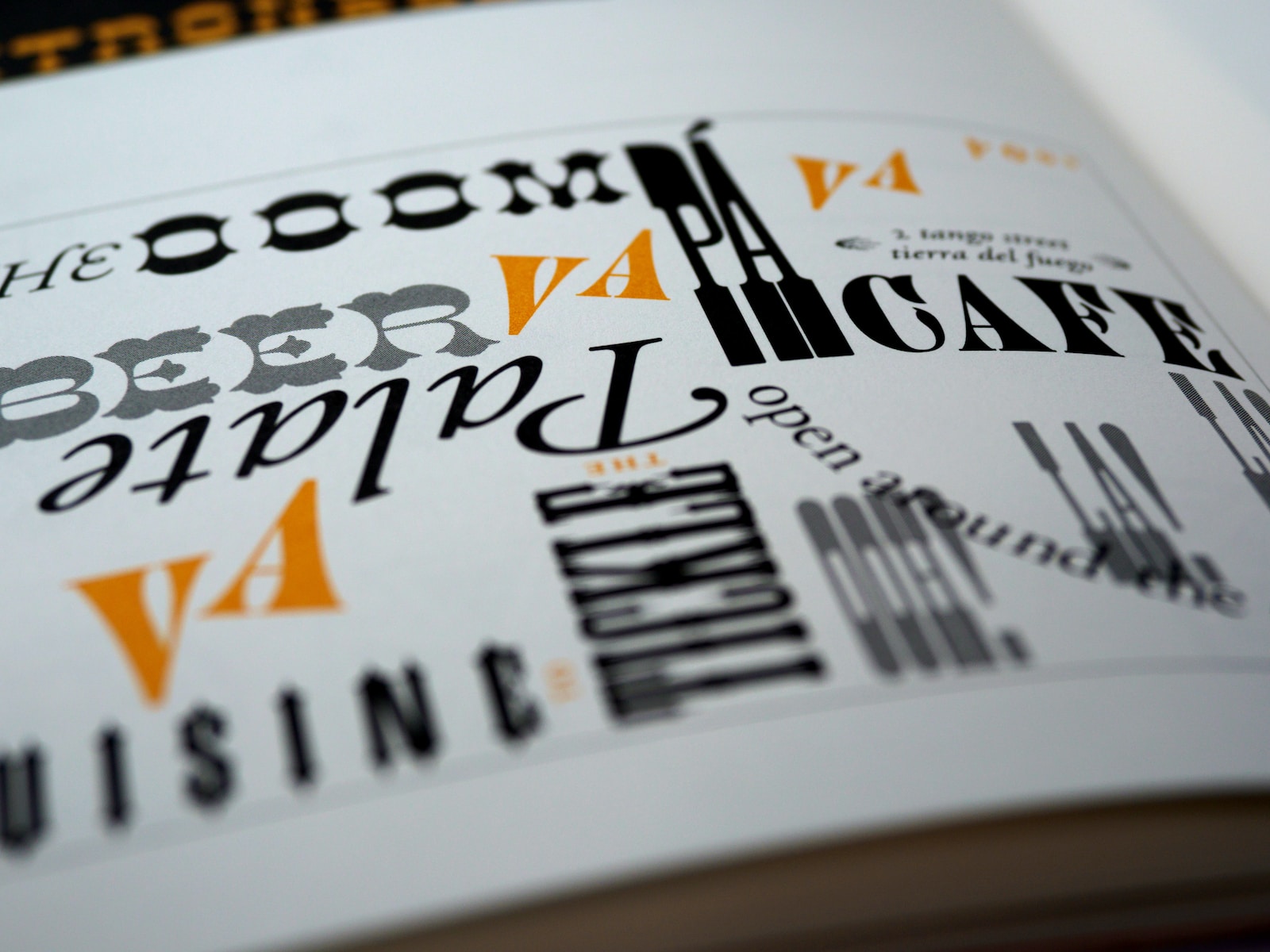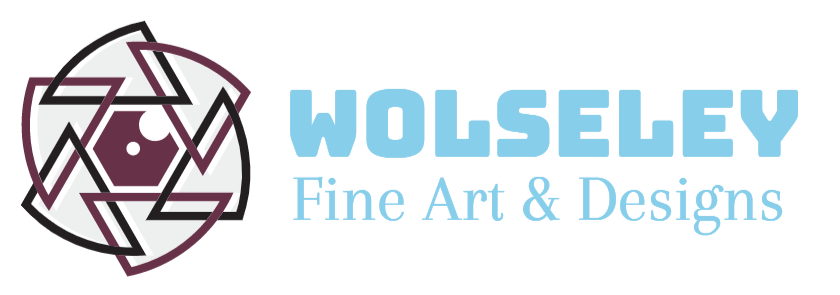
Typography is a powerful design element that plays a vital role in communicating messages, evoking emotions, and creating visually compelling experiences. In this article, we will explore the importance of typography in effective design, discuss best practices, and highlight current trends.
Importance of Typography in Design
Typography serves several essential functions in design:
- Visual Hierarchy:It helps establish a visual hierarchy by guiding the viewer’s eye and organizing information. Through variations in font size, weight, color, and spacing, designers can direct attention, emphasize important elements, and create a clear structure for the content.
- Setting the Tone and Mood:Different typefaces evoke distinct feelings and moods, allowing designers to convey emotions and set the tone for a design.
- Enhancing Readability and Legibility:Clear and legible typography is crucial for effective communication. The choice of typeface, font size, line spacing, and letter spacing can greatly impact readability.
- Brand Identity and Recognition:Typography plays a significant role in establishing and reinforcing a brand’s identity. Consistent use of typography across different brand touchpoints helps create a recognizable and cohesive visual identity.
Best Practices for Effective Typography
To create effective typographic designs, consider the following best practices:
- Select Appropriate Typefaces:Choose typefaces that align with the design’s purpose, tone, and target audience. Consider legibility, readability, and the emotional impact of the typeface.
- Maintain Consistency:Consistently use a limited set of typefaces and styles throughout the design, ensuring that headings, subheadings, body text, and other elements maintain a uniform typographic appearance.
- Establish a Clear Visual Hierarchy:Use variations in font sizes, weights, and styles to guide users’ attention and create a clear organization of content.
- Ensure Accessibility:Follow accessibility standards and guidelines when designing typography. Ensure sufficient color contrast between text and background, provide alternative text for images with typography, and allow users to adjust font sizes.
- Responsive Design:Implement responsive typography techniques to ensure text adjusts appropriately on different devices and screen sizes.
- Alignment and Spacing:Pay attention to alignment and spacing to create a polished and professional typographic design. Ensure that text elements are aligned to a consistent grid or baseline, and optimize letter spacing (kerning) and word spacing for readability.
Typography Trends in Design
Stay up-to-date with current typography trends to create fresh and engaging designs:
- Bold and Oversized Fonts:Large, bold fonts are increasingly popular, as they grab attention and make a strong visual impact.
- Custom and Handwritten Typefaces:Unique, custom typefaces and handwritten fonts can add personality and a human touch to designs.
- Variable Fonts:Variable fonts allow designers to adjust various font attributes, such as weight, width, and slant, providing greater flexibility and creative possibilities.
- Color Fonts:Colorful fonts can add visual interest and help certain elements stand out in a design.
- Typography as Art:Creative and experimental typography treatments, such as overlapping text, text masking, and animated typography, can add visual interest and make designs stand out.
In conclusion, typography is a crucial aspect of effective design. By understanding its importance, following best practices, and staying current with trends, designers can create visually appealing, readable, and accessible designs that effectively communicate their intended message.
